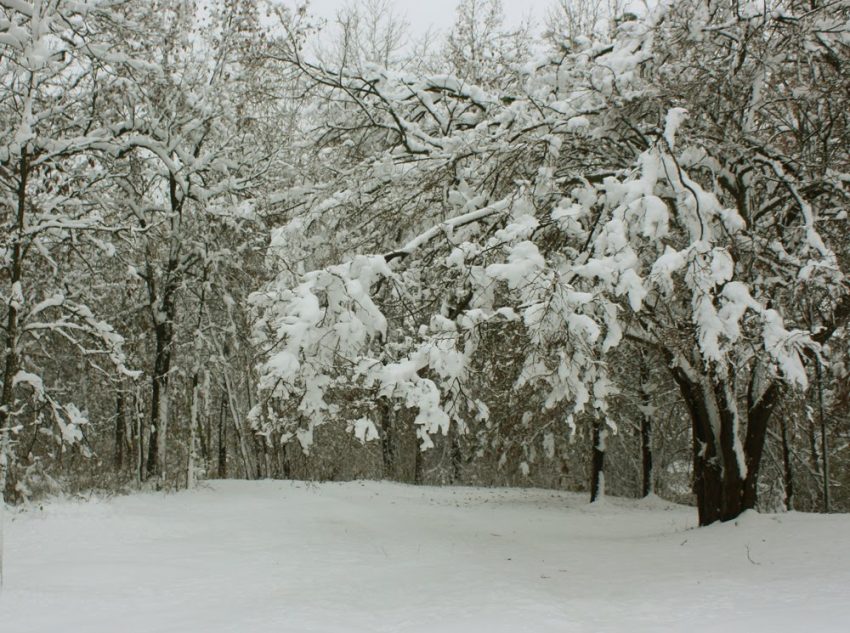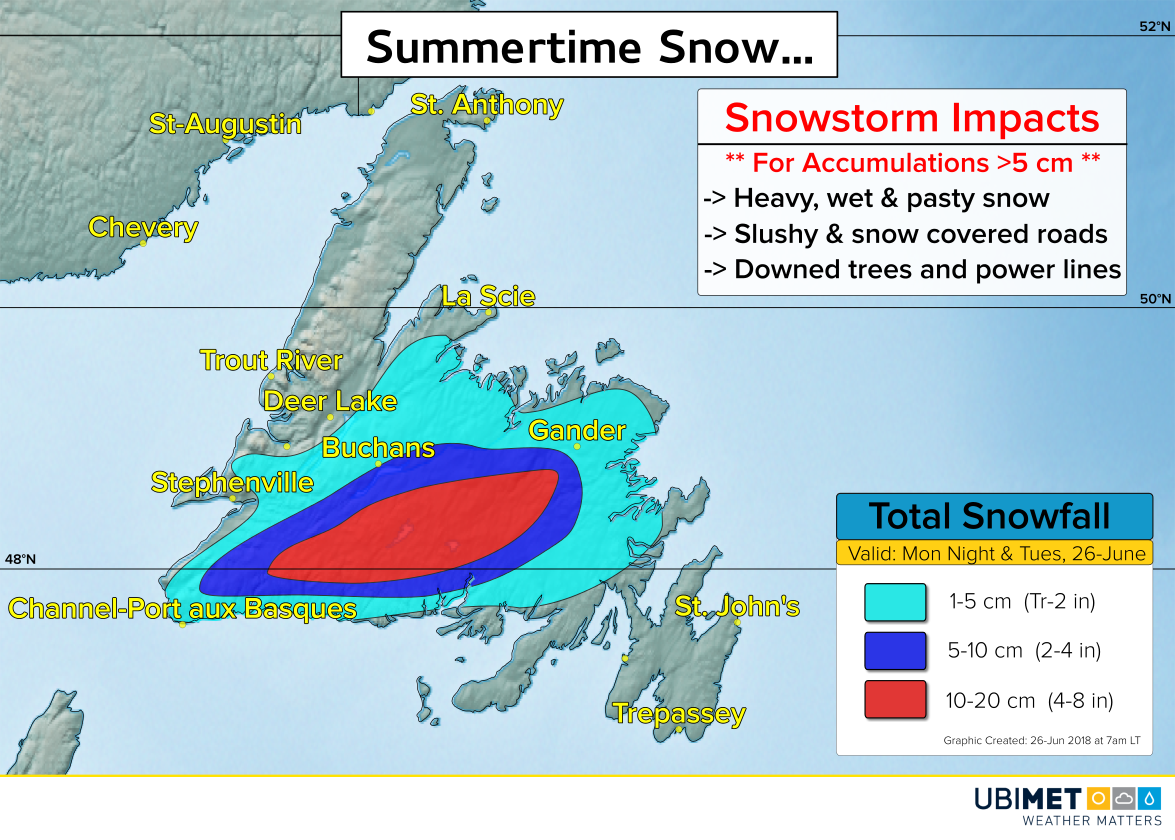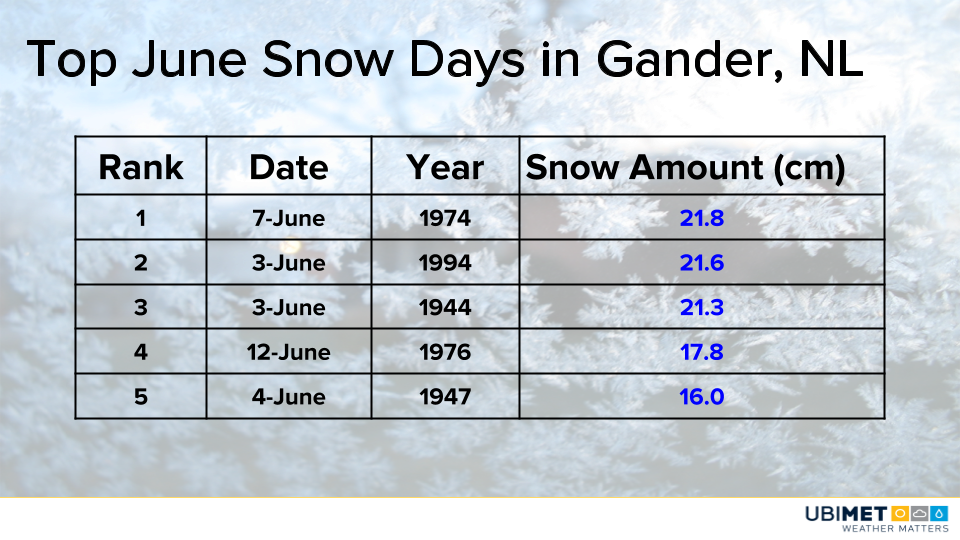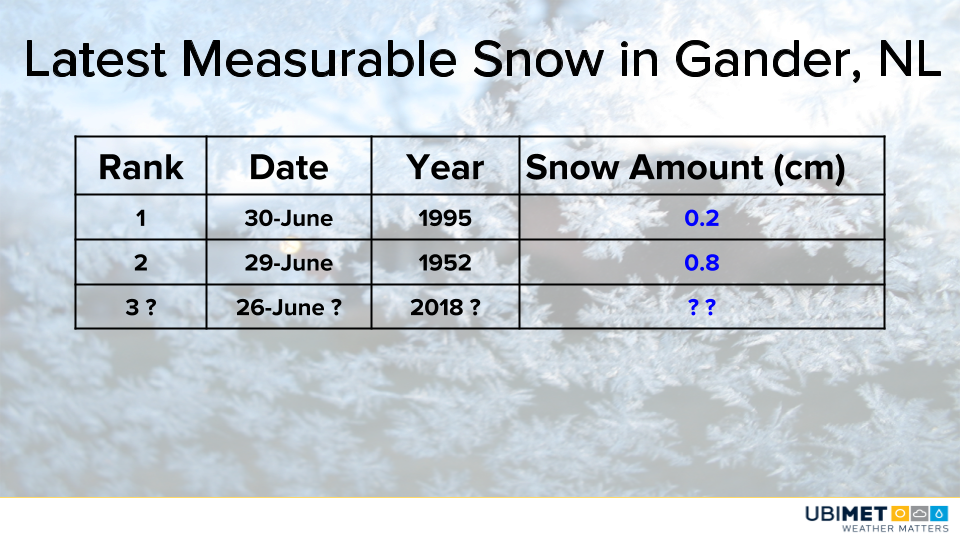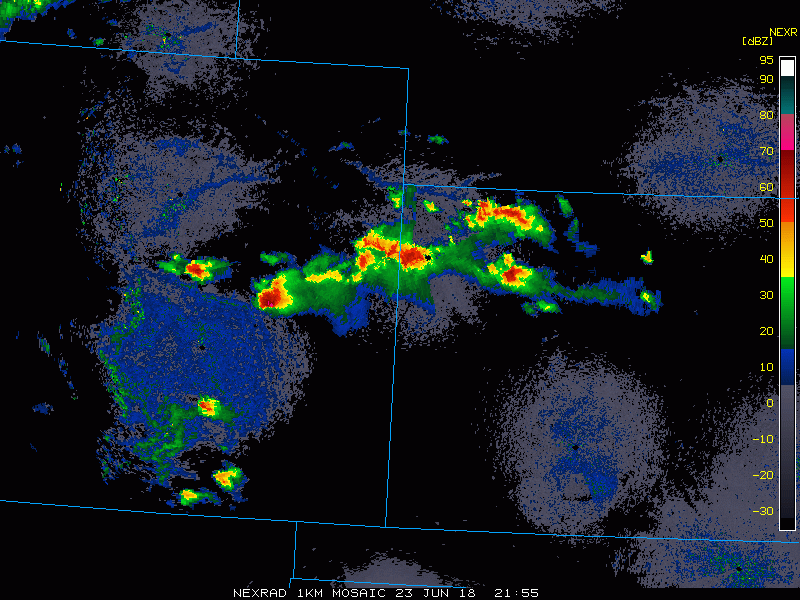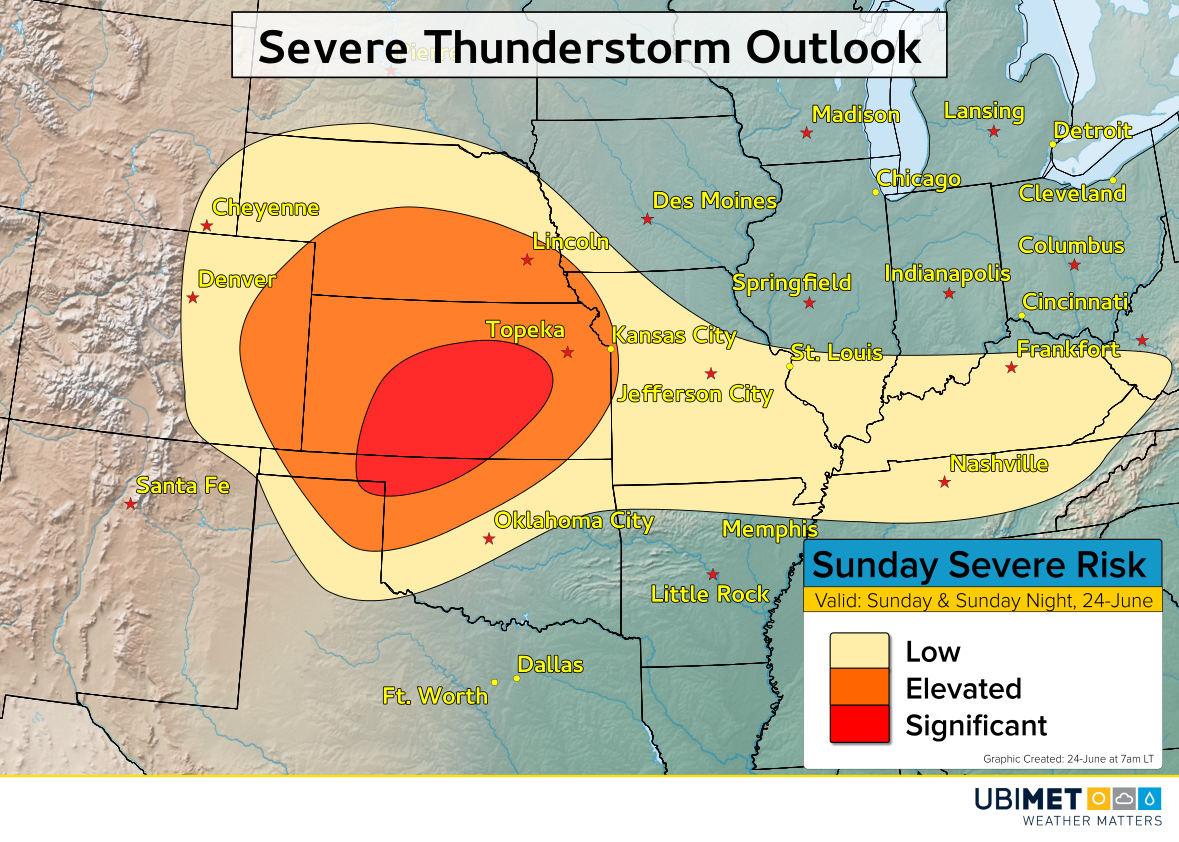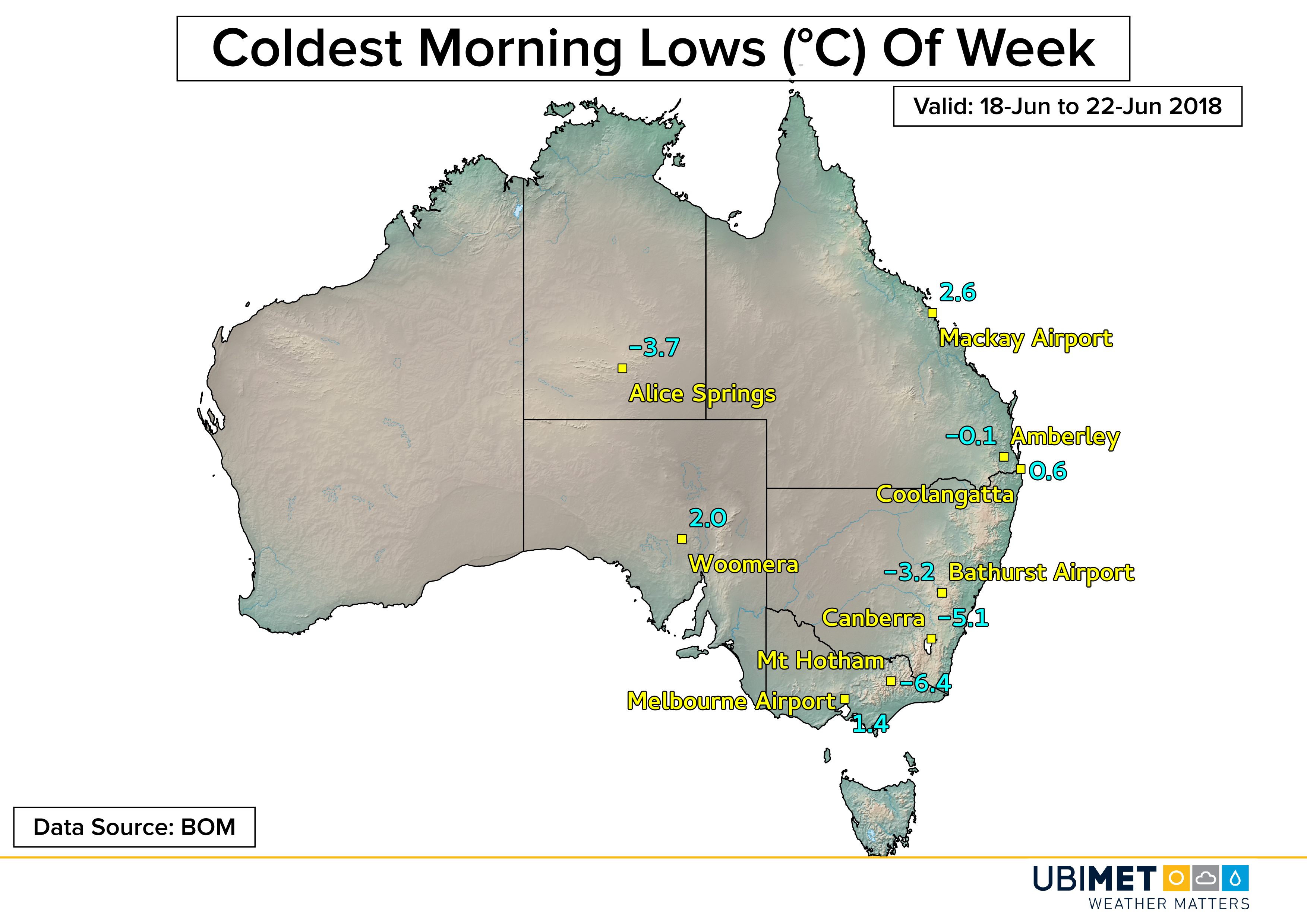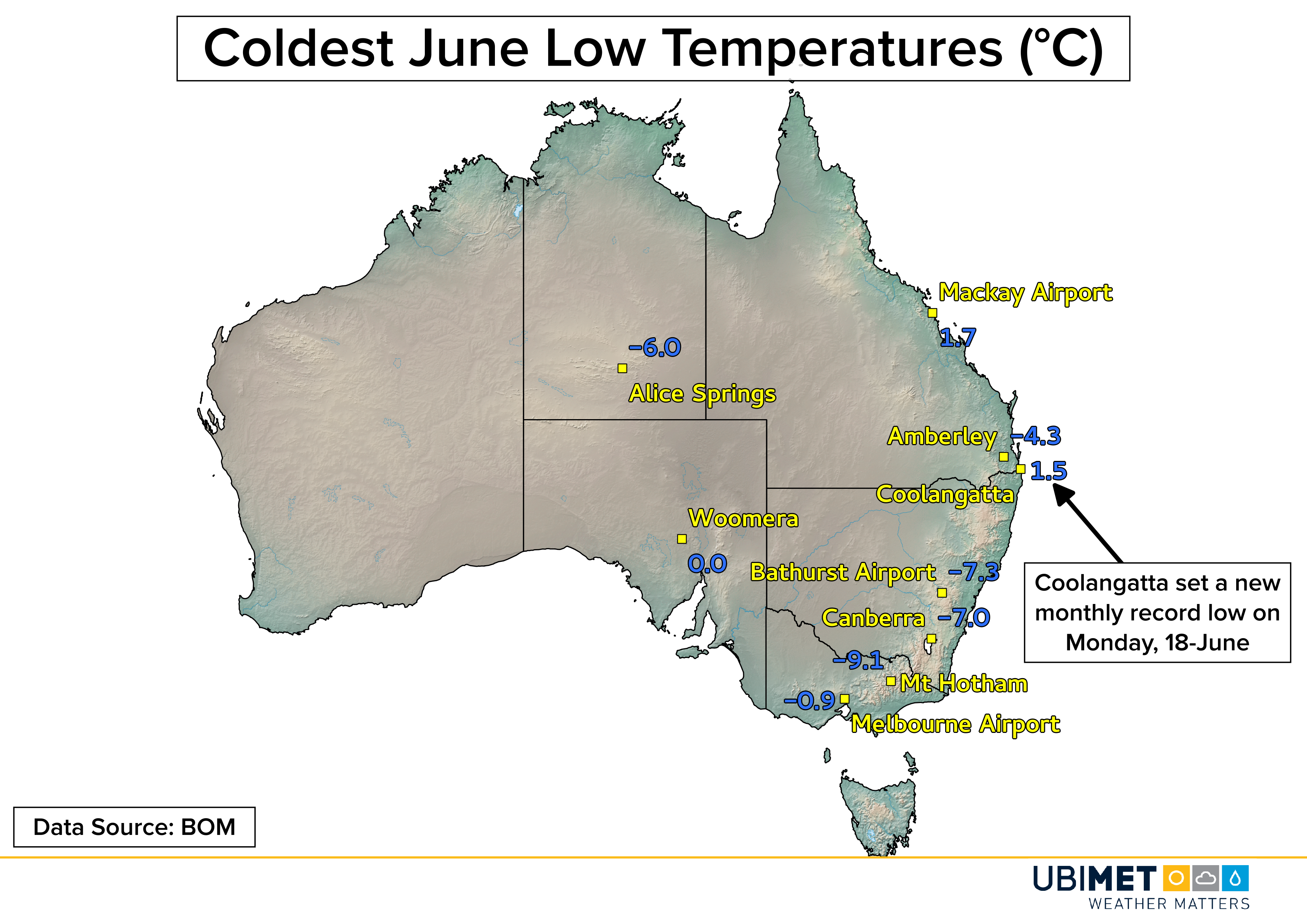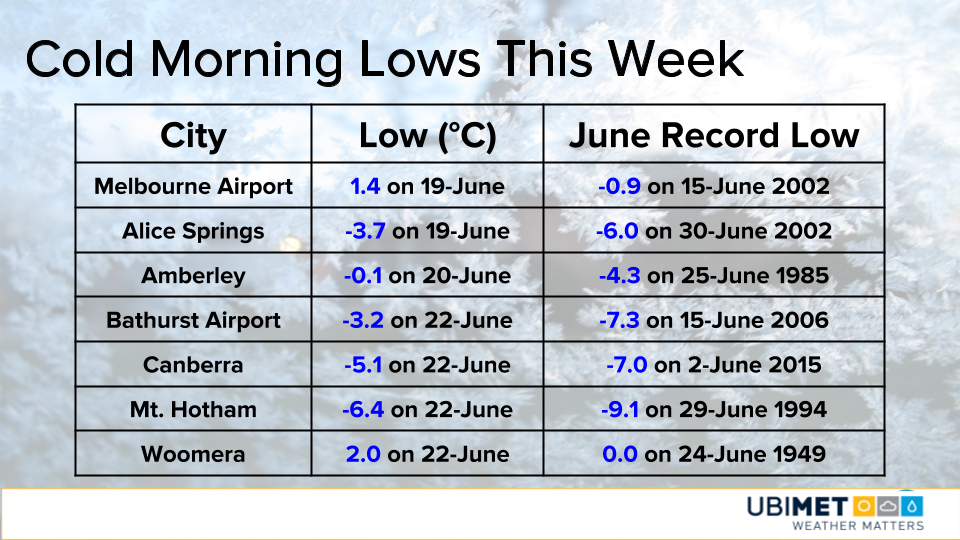Record-Breaking Heat Targets Great Lakes & Northeast This Weekend
A hot summertime weather pattern will take over much of the eastern US this weekend. Temperatures will soar well into the 90’s (mid 30’s °C) likely leading to several record highs across the Great Lakes and Northeast.
Morecast.com meteorologists have been tracking a building hot weather pattern for the last several days. The primary culprit for the heat will be a hot ridge of high pressure that will shift toward the Northeast. Temperatures across the Great Lakes and Northeast will begin to climb on Friday and max out on Saturday and Sunday.
Saturday:
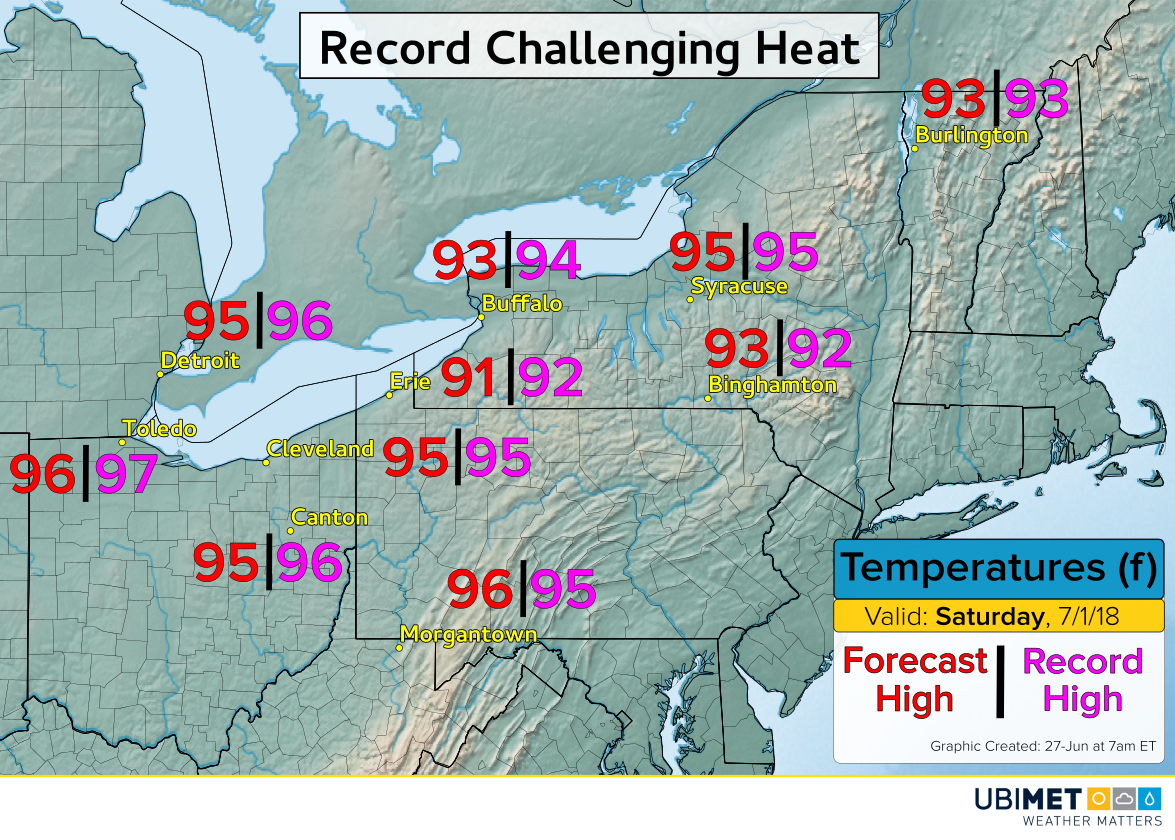
Temperatures on Saturday will climb into the mid 90’s (mid 30’s °C) from Michigan and Ohio up into the lower elevations of New England. Current forecasts suggests that Morgantown, WV and Binghamton, NY are on pace to break record highs, while several other cities will tie or get close to tying record highs.
Along with the hot temperatures will be an increase in humidity. The combination of hot temperatures and increasing humidity will yield head indices of around 100 degrees (38°C) in many communities.
The dome of high pressure overhead will act to keep much of the region dry and stable, consequently, there is little chance for cooling from a thunderstorm.
The stagnant air mass also means that overnight temperatures will remain warm and the humidity sticky.
Sunday:
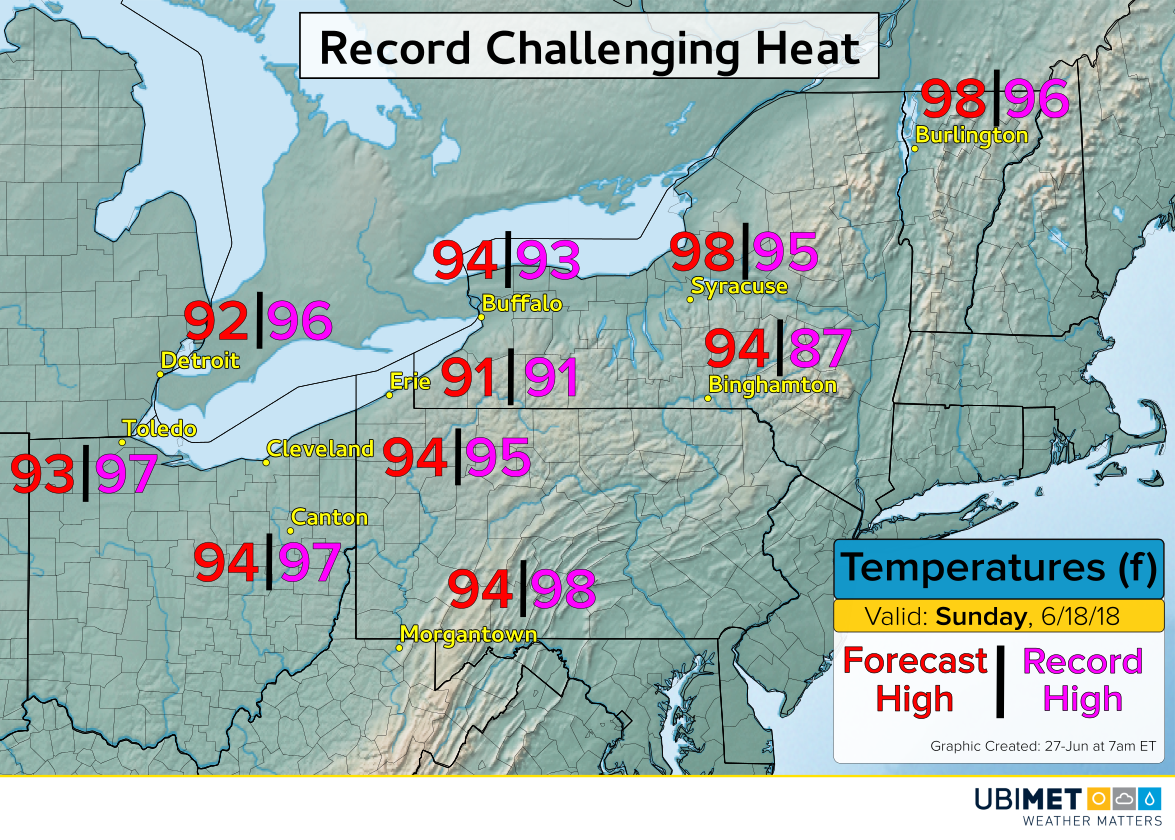
Sunday will be the warmest day of the weekend for many across New York state and New England. Binghamton, NY is on pace to smash its record high of 87 set back in 1968 with a forecast high of 94 degrees. Buffalo, NY, Syracuse, NY, and Burlington, VT also appear on track to set new daily record highs.
Recommended Safety Tips For Hot Weather:
Exposure to hot temperatures can adversely impact health. Consider the following safety tips below from the Center for Disease Control (CDC).
- Stay in air conditioned buildings as much as possible. Air conditioning is the number one protective factor against heat-related illnesses.
- Limit outdoor activities, especially during the middle of the day.
- Stay hydrated.

